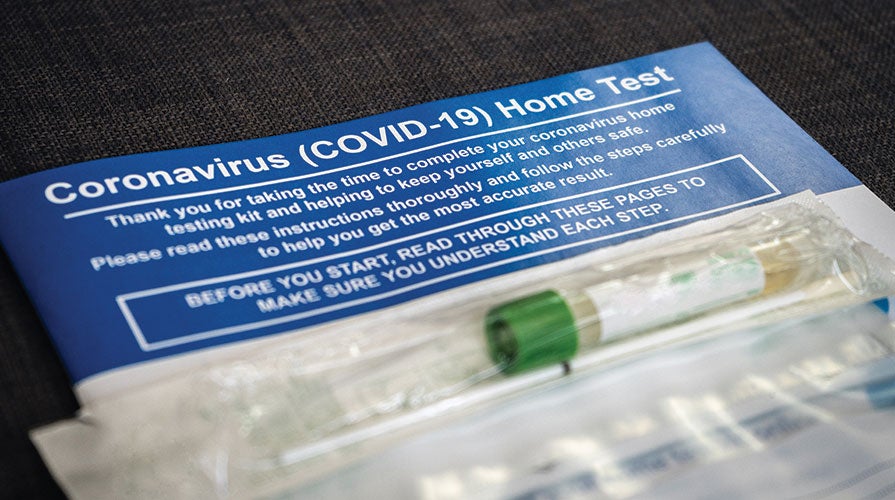Class Size Waivers and COVID-19
As schools re-open this fall, many school entities are providing altered instructional arrangements for students due to ongoing safety concerns of COVID-19.
While the Texas Education Agency (TEA) has provided more flexibility for schools to meet the learning needs of their community, they have not changed current class size requirements for schools.
The Impact of Instructional Arrangement
To re-open schools safely during the current pandemic, many schools have created both virtual and in-person learning options for K–12 students. While the opportunity for choice provides safety and flexibility for learners, many schools are experiencing the challenge of adequately staffing virtual and in-person classes concurrently due to a variety of issues. Shortages of teachers and staff may begin to impact class size numbers, and schools will need to take action to apply for an exemption.
Class Size Exceptions
Texas Education Code §25.112 requires schools to limit enrollment to 22 students in grades kindergarten through fourth grade, and this requirement has not changed during the current pandemic. The limit of 22 students applies to both virtual and in-person learning, so schools must be mindful of this requirement when assigning teachers to teach both virtually and in-person concurrently or to a virtual-only assignment.
A school may seek an exemption from current class size requirements if they can show the current requirement as an undue hardship. While TEA has not made specific exceptions for the current pandemic, it will consider reasons such as unanticipated enrollment, lack of facilities, lack of teachers, or financial hardship. If the exception is granted, it will expire at the end of the school year. Details for applying for a class size exception can be found under TEA state waivers.
DOI and Class Size
Districts of Innovation (DOI) may have some flexibility for class sizes if class size exemption is included in their current DOI plan. Some DOI plans allow schools to exceed class size limits without seeking an exception from TEA. Best practice for school entities is to review their current DOI plans to determine if class size limits apply to their schools and what considerations must occur for the exemption to take place.
Actionable Steps
A district seeking an exemption must notify the commissioner and apply for the exemption not later than the later of October 1 or the 30th day after the first day the district exceeded the limit. The agency will take late submission of class size waivers, up until December 1, 2020, into consideration when determining historical compliance under TEC, §25.112, due to the effects of COVID-19 on remote and in-person instruction during the 2020–2021 school year. Schools should assess current class sizes and create a plan of action to address concerns if any classrooms are out of compliance. Schools may need to adjust current instructional arrangements, or they may need to seek more staff to ensure class size requirements are met.

Jennifer Barton
Jennifer Barton joined HR Services in 2018. She supervises a team of consultants providing staffing reviews, HR consulting, and employee opinion surveys for Texas school districts. In addition to overseeing and conducting consulting projects, Barton provides training and guidance to district leaders and assists with resource planning and development for HR Services.
Barton earned master’s degrees in education and educational leadership from The University of Texas at Austin and Lamar University. She holds a Texas superintendent certificate and is a SHRM-CP.
HR Services

Subscribe to HRX
Stay up to date with all the latest HR news and trends by joining the HRX mailing list!





